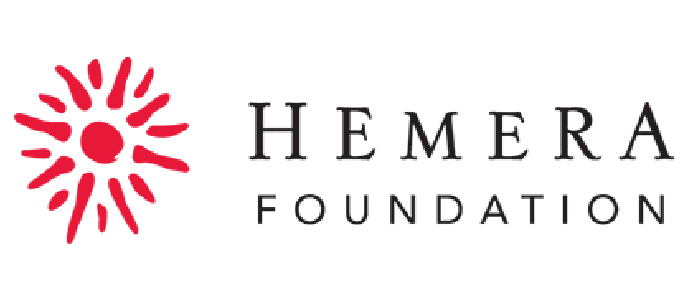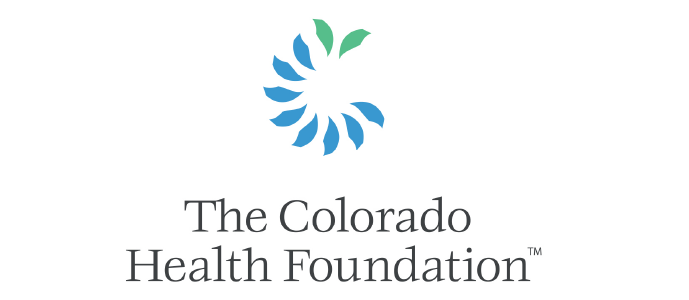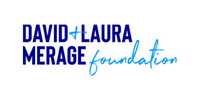In the summer of 2023, RMCAD students interviewed our 2022-2024 Resident Artists in their studios. Their video interview of Scottie Burgess showcases his inspirations, portfolio, and dreams for his residency here at RedLine.
Scottie Burgess is a versatile visual artist who appreciates the value of a diverse creative practice. He has explored various disciplines and materials, considering himself a materialist.
Burgess's investigations have led him to embrace new technologies, break things apart, and put them back together, driven by a spirit of exploration.
Burgess's work follows three primary components: research, material exploration, and composition/formal investigation. He engages in extensive reading, conversations with others, idea sharing, dream documentation, and sketching as part of his research-based approach.
Burgess's creative practice serves as a means to understand himself, the world, and the potential for empowerment through art. RedLine aligns with his values by fostering relationships within the creative community and empowering individuals.
“I am a firm believer that we all have something to teach each other, and we all have something to learn from each other. I think that through residencies or even exhibiting work, those are places where we together can share what we know.”
When reflecting on contemporary art, Burgess encompasses a wide range of expressions, embracing diversity without discrimination.
Watch the full video interview with Scottie Burgess below to learn more about him and his practice!
Video Transcription
“So my life has taken a lot of different paths, and I think through all the paths that I've taken, what I've found is an appreciation for having a versatile practice.
“I've studied several different disciplines and I tend to gravitate to a lot of different materials. What I've found through all of my investigations is that I'm a materialist. I like to explore new technologies. I like to break things. I like to put them back together, for really just exploration.
“And in terms of philosophy, what I really drew from my philosophy background is the kind of existential approach. And what's beautiful about that is accepting the challenges and the limitations within the creative practice and seeing them as creative opportunities.
“My work, usually takes place with three prongs or three pieces of a vegan pie. The one piece is largely research-based, and that includes a lot of reading, talking to people, sharing ideas, writing down dreams, and sketching. So that lives as one section.
“And then the second section is a kind of material exploration. Again, I tend to gravitate towards all kinds of mediums. And then the third is a kind of composition or formal investigation, sort of putting these pieces together. So I tend to go around in this circle.
“I am a visual artist, and so of course, my considerations have to do with the visual experience and being a sculptor and doing installation artwork. It makes sense that I'm often involved with considering how the body operates in space and thinking about physical materials in space.
“On the other side though, I often consider the unseen. So we as humans can only experience and see just a small sliver of the universe. And so I think for me, abstraction is a really good way, it's a good vehicle to interpret that feeling on the edge of things.
“What I have taken largely through residencies or just exhibiting work is the importance of learning and sharing. I am a firm believer that we all have something to teach each other, and we all have something to learn from each other. I think that through residencies or even exhibiting work, those are places where we together can share what we know.
“So my most recent work as of right now, I have been distorting transmission, cosmic transmissions, super interested in the James Webb photographs and cosmological bodies. I'm also very interested as of late, considering how we as artists and as people are influenced in how we cope, especially within the current cultural climate we're living in.
“I see the creative act as it's a hopeful act in the face of life's challenges and personal adversities. And I would hope that through my making, I'm showing that there are other ways. I think a lot of times, people think that there's one way through, especially with societal pressures, and there's really countless ways through. And I think living creatively is a way, and that can look differently for everybody.
“That's a tough question. I would say that most everything I do has a sense of challenge to it. If it's not challenging, I don't want to it. And for me, I am often experimenting with new technologies or new materials, which always brings a slew of new challenges.
“I have known, probably since I was four or five years old, I was going to be involved with the visual art world in some degree, and it started with Mrs. Peter's kindergarten class.But I've taken a lot of different paths since then. But it really comes down to, for me, the most fluid vehicle to express myself and to investigate the world, which is through visual languages.
“In terms of the sciences, so the wonderful thing about art making is it's everything. It's theology, it's science, it's everything. And I think for me, the sciences have informed my work, of course, and it helps me translate, especially in contemporary society.
“But I think oftentimes too, science is super logical. And for me, I have to cast the logic off sometimes. I might get stuck in that rational brain thinking, and it makes me think about magic. I recently heard someone say that magic is just science we don't understand yet.
“I come from a couple backgrounds, I wear a couple different hats. So I come from a sculpture transmedia background, but I also come from a design background.
“And when I went into the design field, I really was going into it looking with an interest in technology and spirituality. And what I came out with was all this knowledge of branding and storytelling, but also what I really gained from studying design is a kind of social practice and using creativity to solve problems.
“And again, it comes back to that idea about the creative practice being a hopeful act. It takes energy in the face of challenges, which I think is also what Redline stands for. And I think they also have the belief that creativity can empower people within our communities.
“My creative practice largely involves a pursuit in understanding myself, a pursuit in understanding the world and the creative practice. I think that that fits into the RedLine experience with an addition to creating relationships within the creative community, and also going back to better understanding how the creative practice can empower people within our communities.
“When I think about contemporary art, I think about what's being made today. I mean, it's everything being made today, and I don't discriminate.
“I see it as drag queens reading books to children. I see it as AI making weird, beautiful images. I see it as people using NFTs to put monetary value on digital images at the expense of the environment. I see it as culture and politics, and I see it as compassion and standing up against oppressive systems. I see it as authenticity, and I see it as love, a passion and a pursuit of love, really.”






